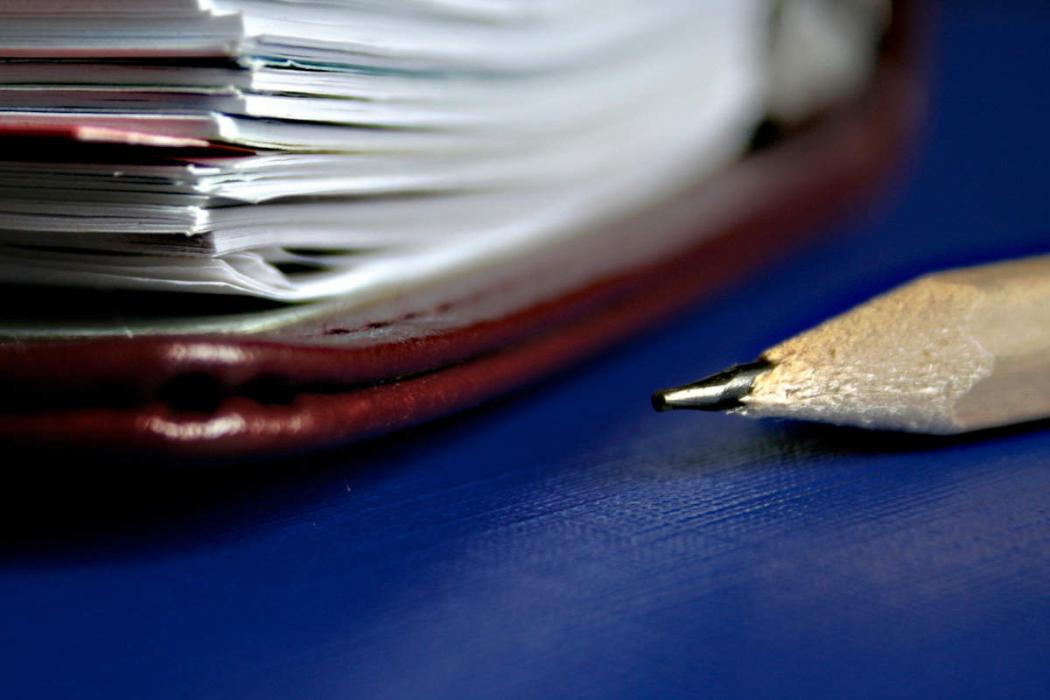
In writing, we often provide additional information that is not needed in the sentence for its meaning to be clear to the reader. That additional information is call a non-essential clause.
In this example, if you remove the non-essential clause in italics, your reader knows which person is easy to work with.
Dave, who was hired as creative director, is easy to work with.
When setting off non-essential information in the middle of a sentence, you can use commas, parentheses or dashes. Which punctuation you use is a style choice.
Em dashes tend to emphasize.
Acme Plastics — once a leader in its field — has fallen on hard economic times.
Parentheses tend to de-emphasize.
Acme Plastics (once a leader in its field) has fallen on hard economic times.
Commas tend to be neutral.
Acme Plastics, once a leader in its field, has fallen on hard economic times.
You can use dashes in other ways too:
- to replace a colon in informal writing
Example: Ms. Prairie has all the qualities of a great teacher — a sense of humour, a knowledge of her subject and a love of her students.
- to emphasize a word or phrase
Example: The new website is difficult to navigate — especially the search function.
What’s the Difference Between En and Em Dashes?
En and em dashes are not interchangeable.
- Use an en dash to separate numbers and dates.
Example: Her dates of service were 2011–2015. - Use an en dash to combine open compounds.
Example: His sales territory extends across the Ontario–Quebec border.








